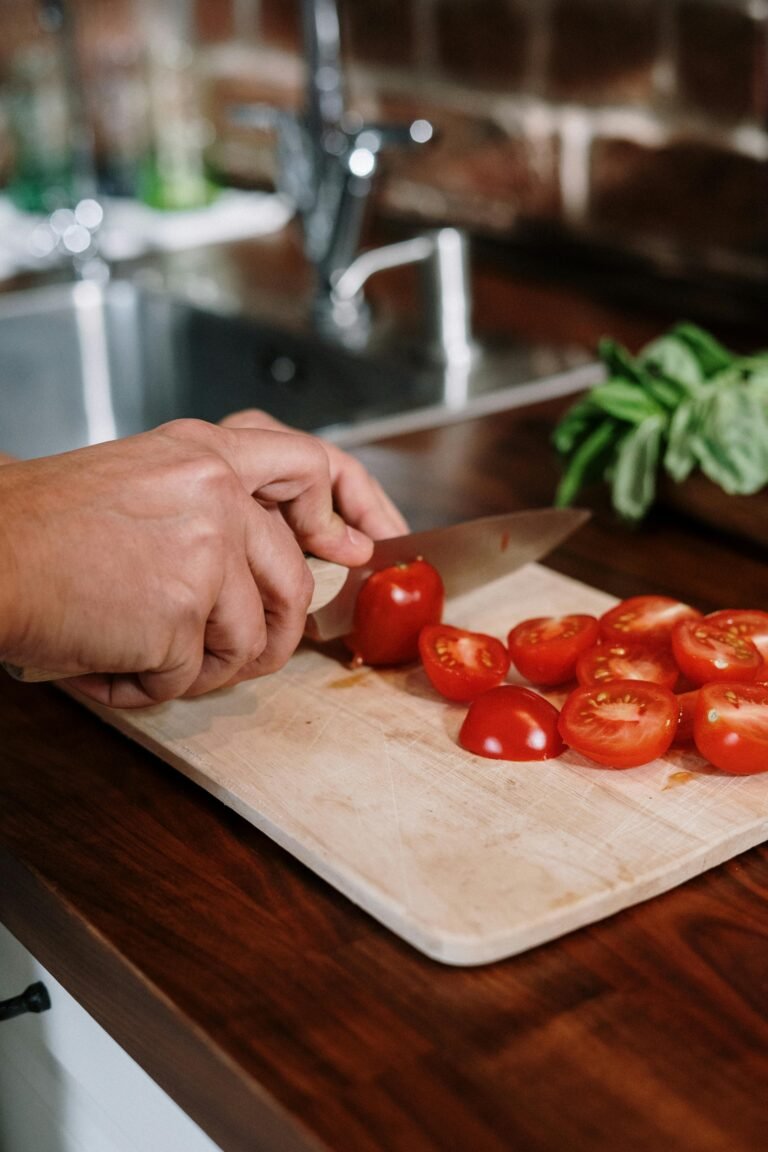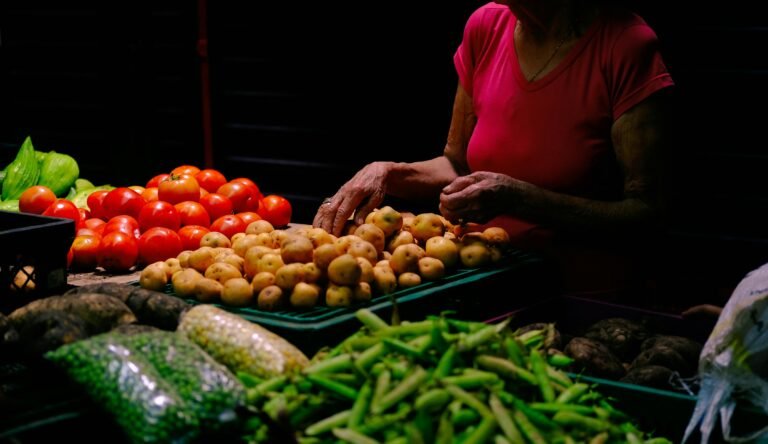What to eat to lose weight: 5 simple tips
What to eat to lose weight? Going on a diet again may not be the solution for most of you if you have already tried a lot of diets, but now you have zero desire to overexert and revolutionize the shopping cart too much.
Maybe going to hunt in some “disposable” diet (in English defined fad diet ) that will make you regain the lost pounds.
There is a solution: knowing what to eat to lose weight and behave accordingly. Leveraging the latest nutritional and dietary knowledge to change your current diet for the better.
Here are 5 things that can help you lose weight, all of which are about what to eat to lose weight.
What to eat to lose weight: 5 practical and simple tips
-
A little more fiber, but don’t overdo it.
The right amount is about 25 grams for women, 30 for men.
It can be achieved by reducing puffed breakfast cereals, snacks, biscuits and replacing these foods with oatmeal or muesli for breakfast, fresh fruit snacks between meals.
And for example, add more vegetables to the pasta, reducing it to 60 grams and seasoning it with a teaspoon of raw oil. It means eating at least two large fruits a day, saving on coffee sugar, eating raw carrots, fennel, raw cucumbers with a little oil (pinzimonio) at the end of the meal or at the beginning.
The ideal would also be to eat wholemeal.
However, with the fibers there is no need to exaggerate, and it is always better to increase them little by little.
For example, we can try basmati or jasmine rice instead of white, see if we tolerate wholemeal bread. If despite drinking water it causes us constipation and swelling, we focus on fruit and vegetables. -
Eat “natural” .
Eating natural does not mean eating vegetarian, but choosing natural foods or foods that have not undergone excessive transformations at the supermarket. This would greatly help your metabolism and gut. Yes to fruit, vegetables, aged and blue or fermented cheeses, to yogurt and skimmed milk, yes to eggs, meat and fish, legumes, quality honey produced by bees. Occasionally we can taste artisan cured meats, good butter or some seasonal nuts. Try to favor local, seasonal, small breeders and producers. Imagine having a great-grandfather next to you: what he recognizes as food is food for you.
-
Don’t be afraid of fats and carbohydrates, but know that they don’t get along well together .
In an important meal that can be lunch or dinner, if we have focused on carbohydrates as a main course, we reduce fat and vice versa. If we eat a fatty food, such as steak, cheese, salmon, let’s limit ourselves to a little bread or fruit but don’t overdo it with carbohydrates. In the presence of carbohydrates, the body burns sugars first and stores fat more easily.
An effect known as the Randle effect or Randle cycle.
This must also guide you in your choices outside the home. If I eat a pizza, the margherita della quattro cheese is better not only for the calories, but for this combination. If you notice, the most fattening foods like sweets or cookies aren’t just sugars. They have a high percentage of fat. Like french fries and more.
-
Be as smart as your gut.
When we feel like we can’t digest anything, it’s often the mix of foods that bothers us. In the long run this causes a state of inflammation which also has an effect on the metabolism.
Healthy nutrition is not a universal concept. There are those who, as I said above, will digest whole foods very well. Who not.
Who has problems with legumes and who with some dairy products.It is important to avoid excluding entire categories of foods. If you have problems with yogurt and dairy products, don’t rule out aged cheeses and vice versa. You have to try to identify those foods that are bothering you, but by doing it in a specific way. For example, a vegetable may bother you raw and uncooked. Same thing a fruit.
There are those who tolerate cooked apples but not raw apples. You can keep a diary for some time, doing various tests and writing down the food that you think is causing you problems. And then find alternatives. -
Learn to COOK.
The laziness of going down to the supermarket and buying ready-made food is making us obese and sick. For this it is also important to cook. Forget the delicacies of great chefs, go back to making jams, biscuits and cakes at home. There are easy recipes that can take up to 15 minutes.
Or you can dedicate a day to cleaning the vegetables for the week, boiling the legumes, preparing wholemeal and leavened shortbreads to be frozen. When something is left over, freeze it. This will save you a lot of time every day.





























+ There are no comments
Add yours